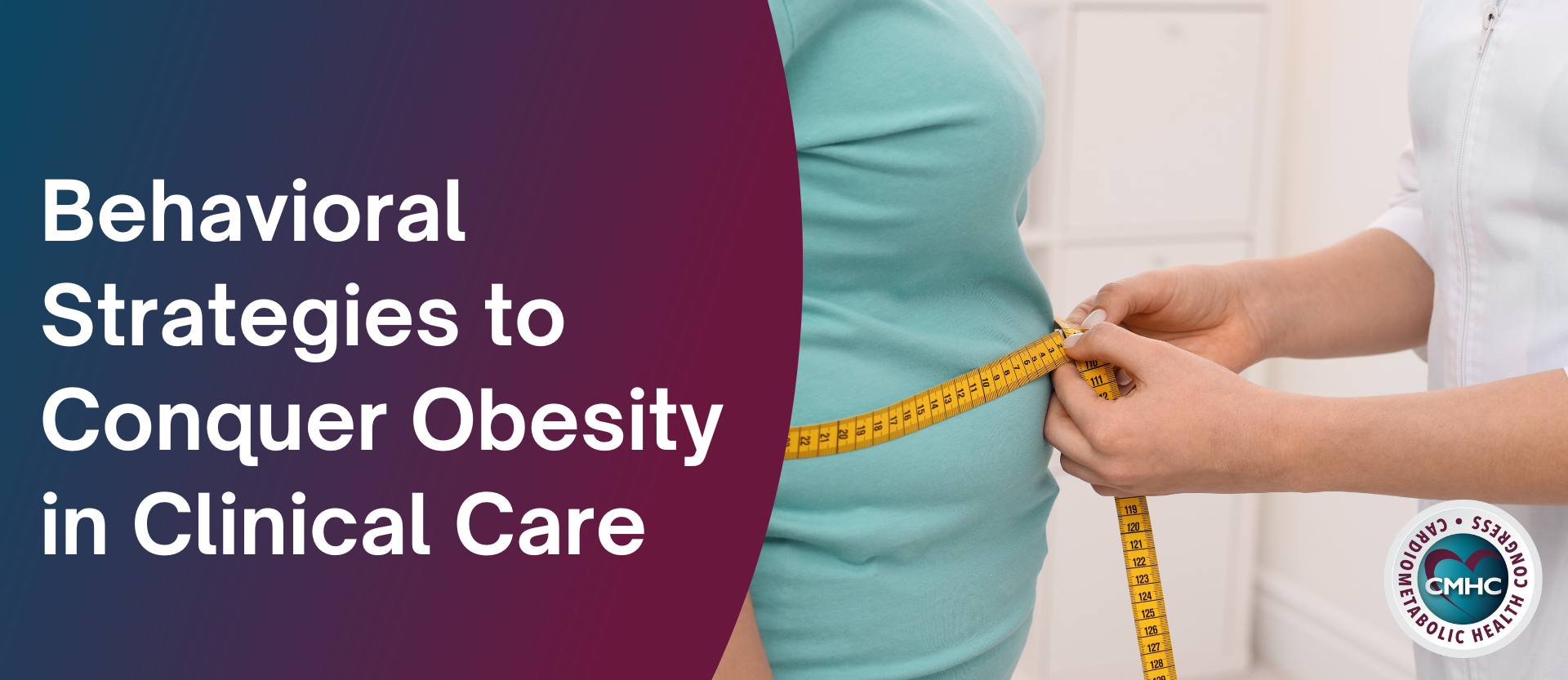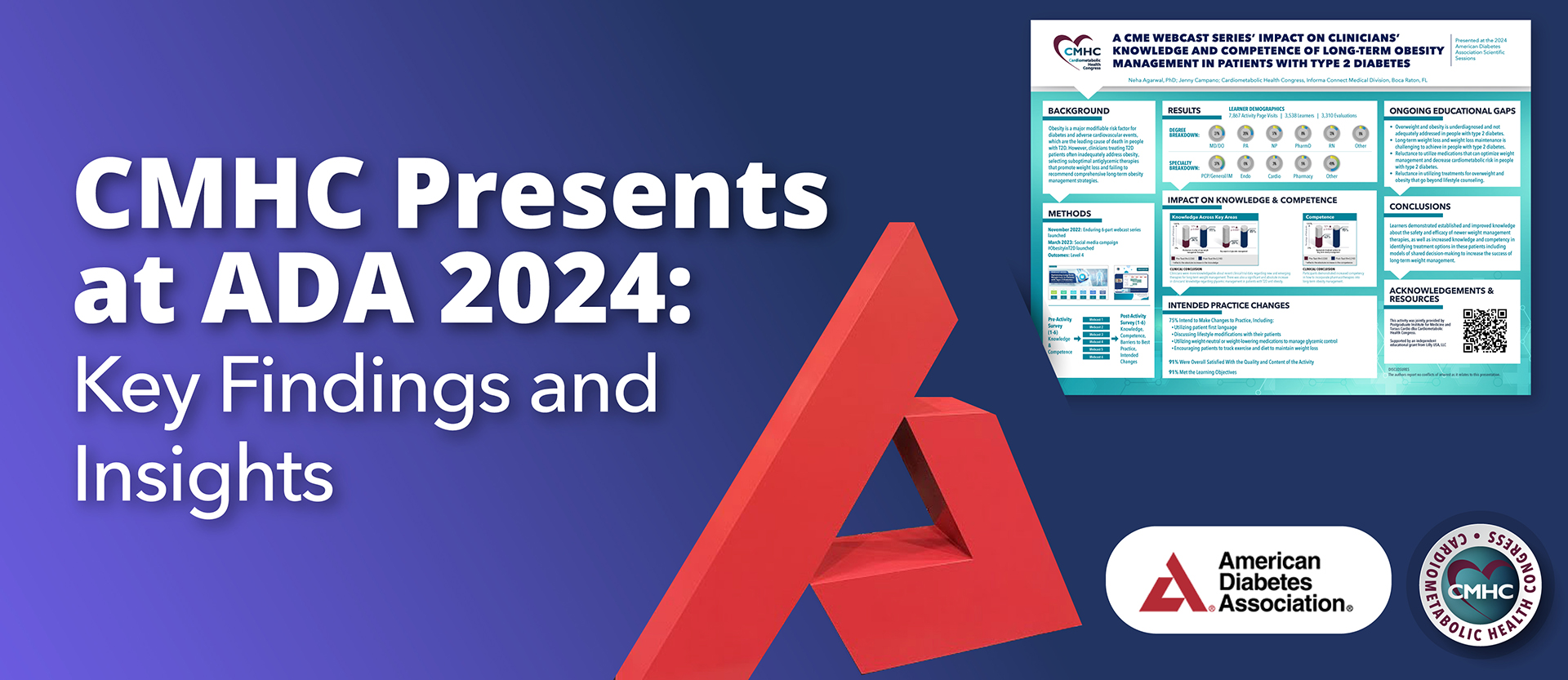Lockdowns imposed due to the COVID-19 pandemic have had negative health implications for populations of all ages across the globe, resulting in an increase in cardiometabolic risk factors and decrease in mental health. Recent research points to the detrimental effect of the global pandemic on pediatric health, impacting dietary and sleep patterns as well as physical activity levels among children with obesity. At the same time, experts have long cautioned that being obese can greatly increase the risk of severe COVID-19 illness, highlighting the potentially dangerous correlation between lockdowns and pediatric health.
To date, international data indicate a lower rate of severe COVID-19 infection among children with higher rates of asymptomatic cases and significantly lower mortality rates. However, new findings implicate that the increased risk of illness associated with obesity may persist in the case of young patients. A new study published in JAMA Pediatrics, which evaluated the epidemiology, clinical, and laboratory features of COVID-19 patients, reports evidence of a clear association between severe disease and obesity in children.
Presentations of Severe COVID-19 Disease in Children
Conducted by Philip Zachariah, MD, MSc, and his colleagues, the study was based on a retrospective review of electronic medical records from New York-Presbyterian Morgan Stanley Children’s Hospital with data from hospitalized children positive for SARS-CoV-2. Severe disease was defined as a case requiring mechanical ventilation. Of the 50 patients included in the study, 54% were male and 50% were Hispanic; 9 of the cases were defined as severe and two as extremely serious with 1 patient dying.
In the majority of patients, fever and respiratory symptoms – cough, shortness of breath – were present; in 44% of cases, gastrointestinal symptoms were reported as well. None of the 14 infants included experienced severe disease, while only 1 out of 8 immunocompromised patients developed severe symptoms. The study found that older children with an average of 14 years of age were more likely to develop severe COVID-19 infection, as were those with obesity – the most prevalent comorbidity in the cohort (22%).
The presence of obesity as a factor was significantly associated with the need for mechanical ventilation in patients above the age of 2; 6 out of 9 children who required a ventilator were obese. Participants with severe disease were found to have significantly higher C-reactive protein, procalcitonin, peak interleukin 6, ferritin, and D-dimer levels at admission.
No patients reported in the study developed a dangerous inflammatory illness which has been otherwise observed in rare cases in pediatric COVID-19 patients. In addition, the course of severe illness was noted to be relatively short with 76% of participating patients discharged within three days of admission.
Significant Role of Obesity
The study’s authors note that the sample size of the trial was small and may not be conclusively reflective of actual risk levels, limiting the generalizability of findings to a broader population of pediatric COVID-19 patients. However, the latest evidence adds valuable insight about the similarities in presentation and progression between COVID-19 infections in adults and children. While the majority of data confirmed previous hypotheses, evidence of obesity as a risk factor for severe disease and the need for mechanical ventilation highlights the significance of cardiometabolic variables in COVID-19 outcomes.
According to Dr. Zachariah and his team, expanding testing capabilities, maintaining high suspicion for COVID-19 infection, and risk stratification are necessary for the effective management of the novel coronavirus in pediatric patients. As more clinical evidence comes to light in the coming months, the wide-ranging impact of cardiometabolic conditions and risk factors on the progression of COVID-19 illness is expected to become more clear. In the meantime, clinicians should take into consideration the mounting indications of the potential for poor and even fatal outcomes in pediatric patients, particularly those with cardiometabolic conditions.

















